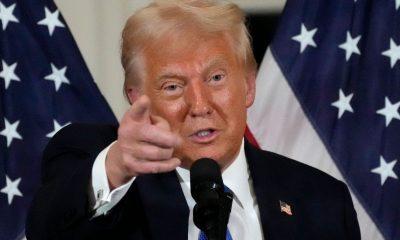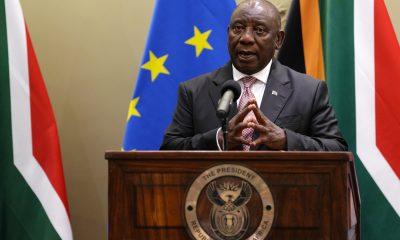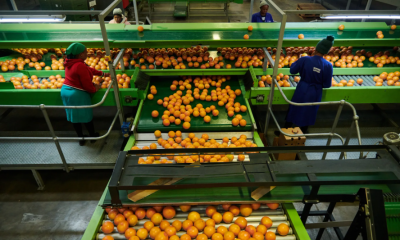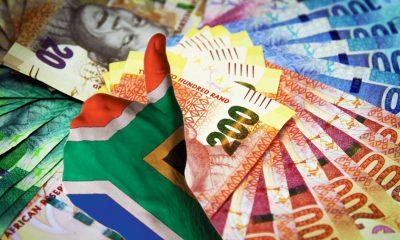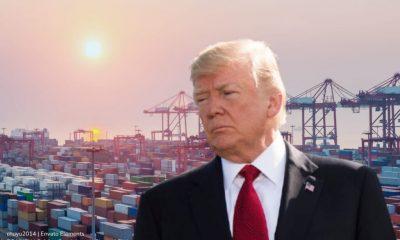Business
Trump Slaps South Africa with 30% Tariffs Amid Trade War Escalation
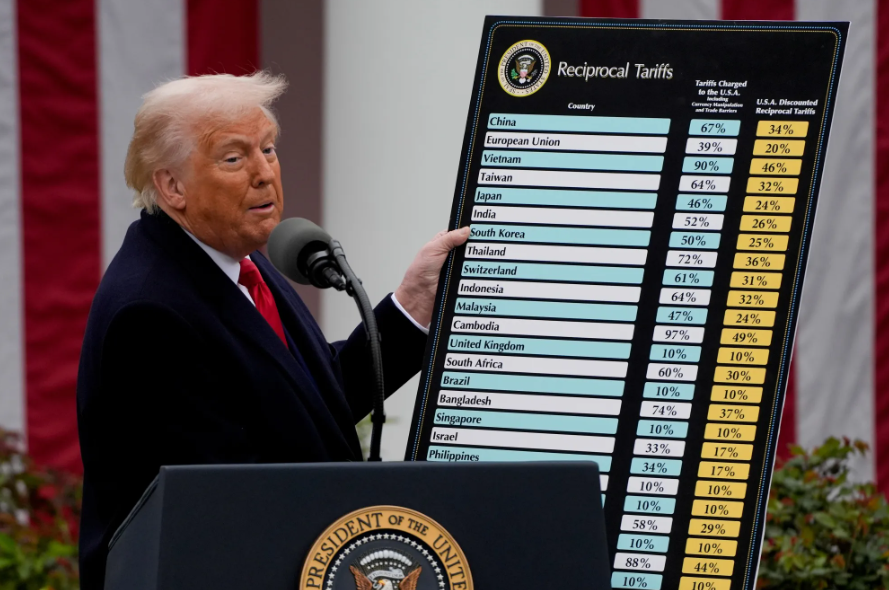
US President Donald Trump has announced a sweeping 10% tariff on all imports, with significantly higher rates for what he calls “worst offenders”—including South Africa, which now faces a hefty 30% tariff.
At a press briefing on April 2, Trump justified the move as part of his “America First” trade policy, arguing that several countries have been taking unfair advantage of the US through trade imbalances, hidden tariffs, and VAT structures.
The announcement has sparked concern in South Africa, which risks further economic strain and potential exclusion from key trade agreements like the African Growth and Opportunity Act (AGOA).
Why is South Africa on Trump’s Tariff List?
During his briefing, Trump presented a chart listing countries he accused of imposing high tariffs on US goods. Alongside China, the European Union, India, and Japan, South Africa was named as a “worst offender.”
The US president claimed that South Africa applies tariffs as high as 60% on American imports. In response, his administration will impose a “discounted” 30% tariff on South African exports.
“A lot of bad things are happening in South Africa,” Trump said. “We send them billions of dollars, but we had to cut their funding because bad things are happening.”
The tariff move follows a history of strained relations between Washington and Pretoria, fueled by political tensions and disagreements over trade policies.
Impact on South Africa’s Economy and Trade
1. Potential AGOA Exclusion
One of the biggest concerns is whether the US will revoke South Africa’s inclusion in AGOA, which grants duty-free access to American markets for certain African goods. AGOA is set to expire in September, and this latest tariff hike suggests that the US might not extend favorable trade terms for South Africa.
Business leaders and trade unions have voiced concerns that the country’s trade surplus with the US—valued at over $4 billion—could make it a target for further restrictions.
2. Pressure on Key South African Industries
South Africa’s automotive and agricultural industries are expected to be hit the hardest. With a global 25% tariff on imported vehicles also set to take effect, major auto manufacturers exporting to the US could face severe financial challenges.
Additionally, agricultural products—one of South Africa’s key export sectors—may struggle to remain competitive in the US market under the new tariff structure.
Can South Africa Repair Relations with the US?
South African business and labor leaders recently traveled to Washington to discuss trade relations and assess the possibility of improving ties. According to Johann Kotze, CEO of AgriSA, American politicians are prioritizing reciprocal trade agreements, meaning South Africa may need to offer better trade terms to maintain access to US markets.
“There was a sense that AGOA was seen as a freebie with nothing in return for America,” Kotze said. “Reciprocal trade is a big thing for them.”
The delegation, which included top executives from Sibanye Stillwater and Hollard Insurance, has urged the South African government to address US concerns—potentially by increasing purchases of American agricultural technology and allowing more US access to critical minerals.
What Happens Next?
With the new tariffs set to take effect on April 9, South African businesses are bracing for the impact. Meanwhile, political leaders are considering their next move, including a possible high-level diplomatic mission to Washington to prevent further economic fallout.
As Trump’s administration continues to reshape global trade policies, South Africa must navigate a complex economic and political landscape to secure its place in the US market. Whether it can negotiate better terms—or face further economic strain—remains to be seen.
{Source BusinessTech}
Follow Joburg ETC on Facebook, Twitter , TikTok and Instagram
For more News in Johannesburg, visit joburgetc.com

